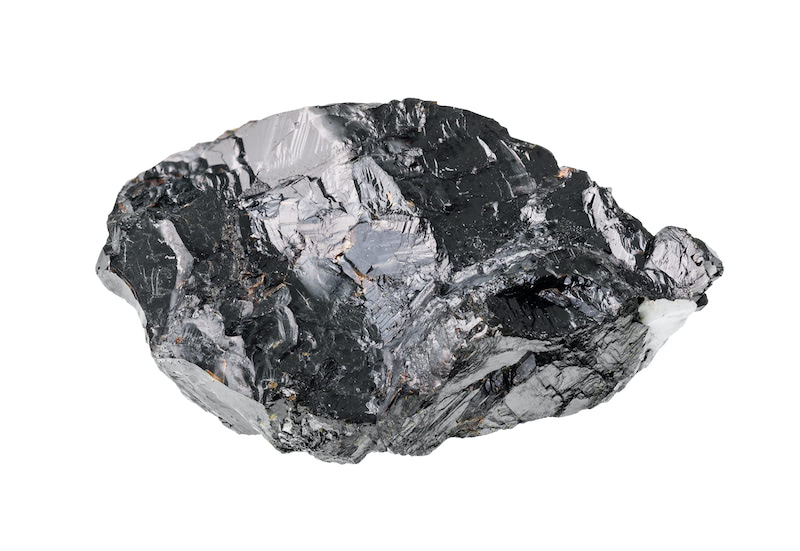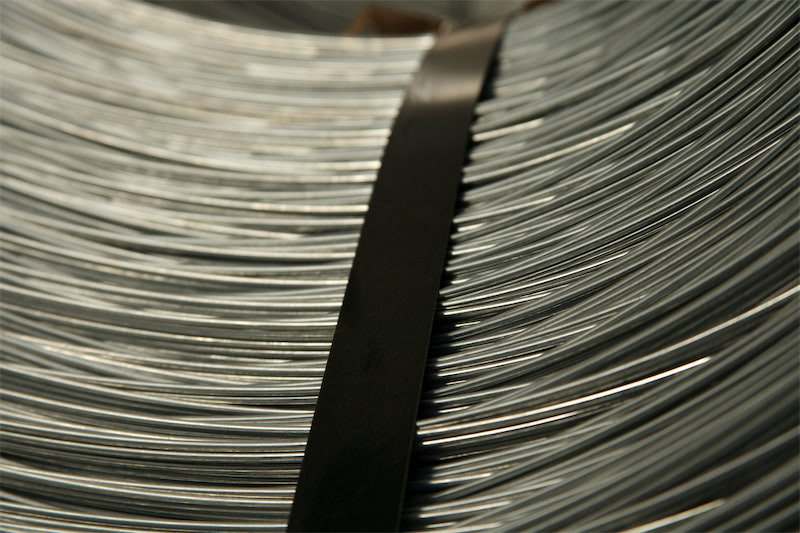






SHANGHAI, Dec 30 (SMM) - At the Aluminium Annual Trade Win-win Forum of the 2022 Nonferrous Metals Industry Annual Conference hosted by SMM, Liu Xiaolei, director of SMM Big Data Department, said that the year-on-year increase in domestic aluminium production in 2022 was mainly thanks to the power supply recovery in Yunnan and Inner Mongolia. In fact, the domestic power supply became tight again in the third quarter, resulting in the shutdown of aluminium smelters in Sichuan as well as the energy consumption control in smelters in Yunnan. The plants in Yunnan were even required to reduce their operating rates until May 2023. However, since more aluminium smelters had reduced or suspended the production in 2021, the overall output in 2022 will still increase by 4.4% year-on-year. SMM believes that domestic aluminium production in 2023 will continue to rise on a yearly basis with the output growth from the commissioning of Baiyinhua project in Inner Mongolia and the stable operation of production capacity in Guangxi. As for demand, domestic aluminium extrusion exports are expected to fall from a high level, but aluminium extrusion for photovoltaic and new energy vehicles will continue to underpin aluminium demand. The key concern in the future will be the stability in the real estate market.
Supply: domestic aluminium supply slowed down in growth and low inventory bolstered aluminium prices
In November, the domestic aluminium supply saw both increase and decrease in the production of different smelters. Among them, high-cost aluminium smelters in Shandong and Henan are expected to reduce the production by over 100,000 mt. Aluminium smelters in Shanxi may reduce the production slightly with the upcoming heating season. In terms of increase in the production, the main contributors were smelters resuming the production in Sichuan and the Baiyinhua project that was commissioned. In addition, the release of new capacity in Guizhou may be delayed to December, according to SMM research. According to the capacity changes, SMM estimates that the domestic operating capacity of aluminium at the end of November may rise slightly to 40.51 million mt. The aluminium output in November (30 days) is projected at 3.32 million mt, up 8.1% on the year.
Demand: Domestic aluminium demand in 2023 may recover positive growth
With regard to demand, the major aluminium consumption came from the demand for the aluminium extrusion from photovoltaic, lightweight new energy vehicles, and export orders, which offset the collapse of demand in the real estate industry chain. In 2022, the impact of the three limitations on the real estate gradually increased. The debt pressure of some real estate developers in 2022 has led to a large number of unfinished buildings in China, while banks, for a fear of bad debts, made it harder for real estate companies to get the finance. At the same time, the increase in unfinished buildings also caused residents' confidence in buying houses to plummet, which hindered the cash flow of real estate companies. In October, domestic aluminium downstream consumption was still weak. Operating rates of aluminium plate/sheet, strip, foil and extrusion enterprises declined due to the pandemic and insufficient orders. However, domestic aluminium inventories repeatedly hit new lows in October due to limited arrivals. Considering the future arrivals and the production resumption of downstream enterprises, it is expected that domestic social inventory of aluminium ingots in November will continue to stay at a low level of 500,000-600,000 mt. The low inventory and slowdown in capacity growth may support aluminium prices.
In 2022, the consumption of aluminium for construction shrank significantly, and the gap was filled by the consumption in exports, photovoltaic and new energy vehicles.
In 2023, with the policy to "guarantee the delivery of buildings", it is expected that the area of completed buildings in China will drop more slowly. Yet, the lightweight-oriented development of NEVs and the growth of photovoltaic sector has not yet slowed down, thus domestic aluminium demand may return to positive growth.
For queries, please contact Lemon Zhao at lemonzhao@smm.cn
For more information on how to access our research reports, please email service.en@smm.cn

